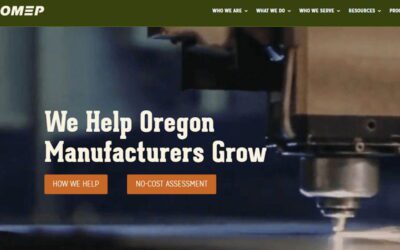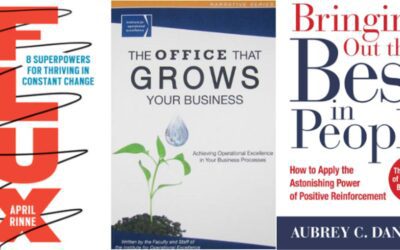Can you believe it? It is nearly time for new year resolutions! It is also that time of year for 2017 strategic planning. Is growing your sales part of your 2017 plan? If so, let’s talk about why people buy what you are selling.
Let’s talk about value propositions
Understanding your target market and your value position are critical to successfully selling your product, pricing your product and marketing your product. Whether your target customers are other business, end users, or both, you must clearly articulate why your product is better, or faster, or safer than competitors. Your customers should know why your product saves them money, or allows them to be more productive.
The product “betterment” and / or uniqueness should be quantifiable for your product’s features and benefits. By quantifying the “value” that your product can bring your consumer, you are answering the “what’s in it for me” question. This is your value proposition.
Four keys to building out the value proposition for your products:
- Know your target customer
- Identify how your product (and/or service) solves pain points for your target market
- Productivity improvements
- Reduces costs
- Improves uptime
- Increases capacity for increased sales
- Describe how your product (and/or service) is unique from the competition
- Quantify the value these unique qualities of your product deliver
Sample value proposition case study
A company manufactures a landscaping shovel. Currently, the shovel is marketed towards professional landscaping crews that do weekly and monthly residential landscaping projects and monthly landscaping services. Currently, the company sells the shovel by marketing the shovel as:
- Made with the highest quality craftsmanship
- Comes with a lifetime warranty (so durable!)
- If it isn’t delivered on time, the shovel is free
How are these characteristics unique from the competition? Why does the landscaper care if the shovel is made with the highest quality craftsmanship? How does that help the landscaper grow their business, keep their people safer, or reduce costs?
What if we built out the features, benefits and the value these qualities of the shovel delivered to the landscaper? For example,
Feature of Product |
Benefit of Feature |
Potential Way to Quantify Customer Value |
| Specific taper to the shovel | Decreased energy needed to penetrate through the dirt
|
Measure the amount of energy needed to dig with a competitor’s shovel verses the newly designed shovel. Compare and show reduction % or force which equates to increase in productivity of crew |
| Single piece construction of shovel | Never experience separation of the shovel head to the handle, requiring replacement of head to handle | Measure reduction in downtime for crews, resulting in more productivity and increased potential for new consumers/new sales for landscaper measured in dollars or time |
Now the shovel is bringing value to the customer! Why wouldn’t every landscaping crew want to buy a shovel that could increase productivity so that they could take on more accounts and grow their business?
As you move into the new year and are planning your sales targets, take some time to reflect how your products provide quantifiable value to your customers.
Improve your value proposition by asking these questions:
- Who are you selling to?
- How is your product helping that customer, that business?
- What makes your product unique from your competition?
- What are the features and benefits of your product?
- Why would someone care about these features and benefits?
- How can you quantify how your product is better?
- Pick metrics
- Run trials, buy your competitors product and test it
- Get out into the field and observe your product in action
- Get testimonials and run surveys
With your value proposition in hand, 2017 will be a year to make new marketing, pricing and sales plans!



